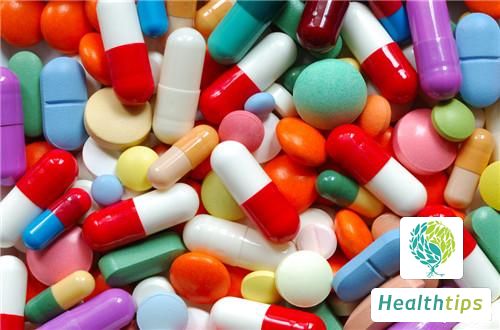How Should I Use Saxagliptin Tablets?
Diabetes mellitus is a common disease in daily life, particularly among middle-aged and elderly individuals. Currently, there is no cure for diabetes, and it can only be managed through medication and the adoption of healthy eating habits to stabilize the condition. There are numerous medications available for the treatment of diabetes, and saxagliptin is one such drug used specifically for type 2 diabetes. Proper usage is crucial. Let's delve into how saxagliptin should be used.

Saxagliptin is indicated for the treatment of type 2 diabetes. Important usage restrictions: As the efficacy of saxagliptin in type 1 diabetes and diabetic ketoacidosis has not been determined, it is not recommended for patients with these conditions.
The recommended dosage and usage of saxagliptin are as follows:
- Oral administration: The recommended dose is 5mg once daily, and the time of administration is not affected by meals.
- Patients with renal insufficiency: No dosage adjustment is required for patients with mild renal insufficiency. However, clinical experience is limited in patients with moderate to severe renal insufficiency, and thus saxagliptin is not recommended for this population.
- Patients with liver impairment: No dosage adjustment is necessary for patients with mild to moderate liver impairment. However, caution should be exercised when using saxagliptin in patients with moderate liver impairment, and it is not recommended for patients with severe liver impairment.
- Strong CYP3A4/5 inhibitors: When saxagliptin is used concomitantly with strong CYP3A4/5 inhibitors (such as ketoconazole, atazanavir, clarithromycin, indinavir, itraconazole, nefazodone, nelfinavir, ritonavir, saquinavir, and telithromycin), the dose of saxagliptin should be limited to 2.5mg/day.
There are several treatment options for type 2 diabetes:
Oral Antidiabetic Agents:
- Biguanides (e.g., metformin): These drugs reduce glucose output from the liver and help muscle cells, fat cells, and the liver absorb more glucose from the blood, thereby lowering blood sugar levels.
- Sulfonylureas (e.g., glimepiride, glibenclamide, gliclazide, and gliquidone): These oral antidiabetic agents primarily stimulate the pancreas to release more insulin.
- Thiazolidinediones (e.g., rosiglitazone and pioglitazone): These drugs enhance insulin sensitivity, helping muscle cells, fat cells, and the liver absorb more glucose from the blood. However, rosiglitazone may increase the risk of heart disease.
- Benzoic acid derivatives (e.g., repaglinide and nateglinide): These drugs work similarly to sulfonylureas by stimulating the pancreas to produce more insulin to lower blood sugar.
- Alpha-glucosidase inhibitors (e.g., acarbose and voglibose): These drugs inhibit the absorption of carbohydrates in the digestive system, primarily targeting the reduction of post-meal blood sugar levels.
Insulin:
If lifestyle changes and oral antidiabetic agents fail to adequately control blood sugar levels, or if other medications cause adverse effects, doctors may recommend insulin. Currently, insulin cannot be taken orally and must be administered through subcutaneous injection using a syringe or insulin pen. Different insulin formulations have varying onset times and durations of action. Patients need to select the appropriate insulin type and injection schedule under the guidance of a doctor. To achieve the best glycemic control, sometimes a combination of different insulins may be prescribed. Typically, insulin is injected once to four times daily.
By losing weight and increasing physical activity, some patients with type 2 diabetes may find that they no longer need medication. When their weight reaches an ideal range, they can control their blood sugar through natural insulin secretion and dietary modifications.
It is currently unclear whether it is safe for pregnant women to take oral hypoglycemic agents. Female patients with type 2 diabetes may need to stop oral antidiabetic agents and switch



















